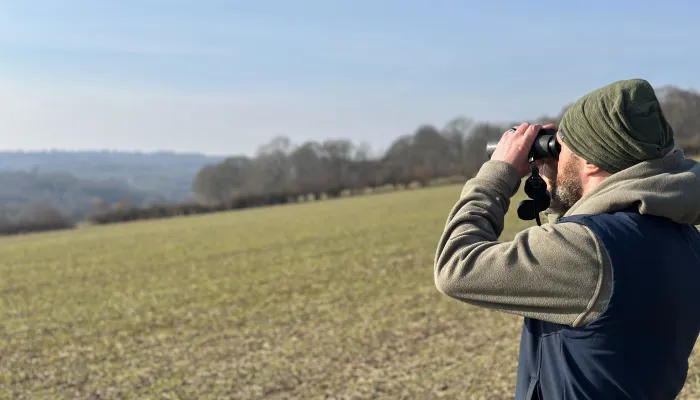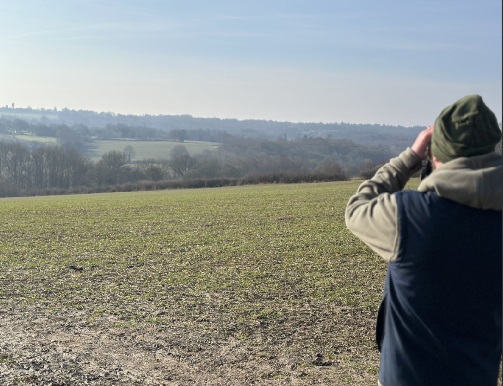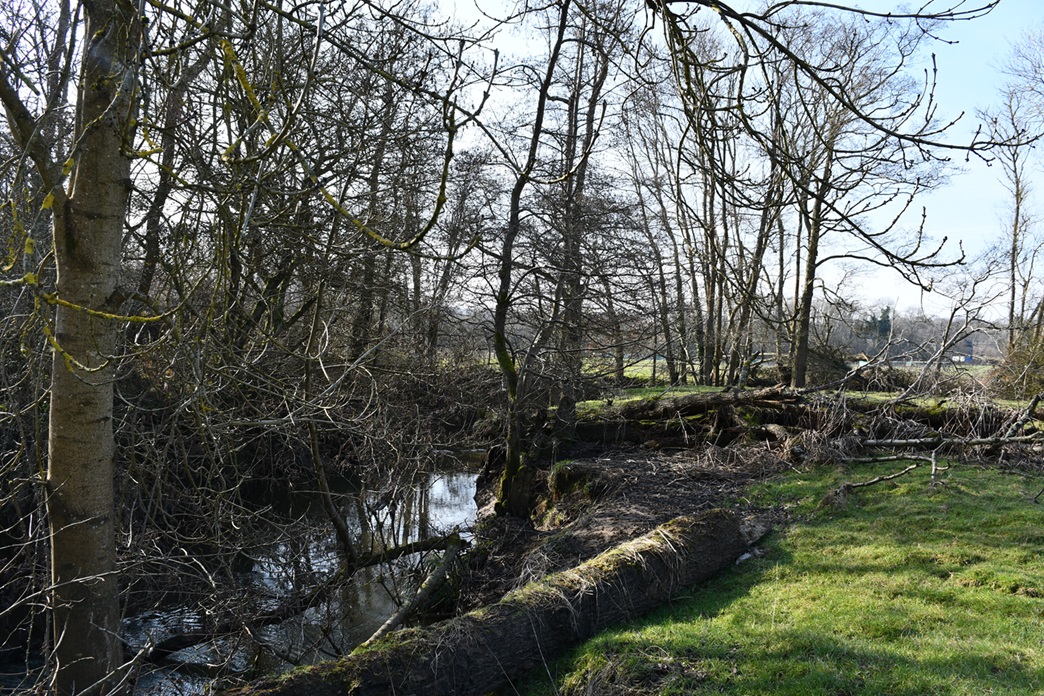What will the changes in management be?
The chemical inputs will be stopped immediately. This will not only stop any further damage to the soils and the river (through run-off), but also allow natural process to begin again, which is the first stage toward healing. A change in grazing densities and probably species (certainly breeds) to the grazing areas will also have some quick gains. Higher densities means that the livestock are eating everything that starts to grow through in the pasture, but lowering that density will allow those plants to emerge and seeds that have been lying largely dormant in the soil will have the opportunity to germinate.
Arable areas are tricky to change into something beneficial, as just stopping all management will create problems rather than solutions – there’s a lot of nutrients sitting in the soils after so many years of chemical treatment and high nutrient levels will lead to opportunist species, like sow and creeping thistles, to quickly colonise and would be difficult to remove. To prevent this, sowing a native mix of grass and wildflower seed into the arable fields shortly after the final crop is taken, will create a meadow sward that will have several really positive impacts:
- They’ll cover the fields, protecting the soils from erosion
- The roots will help begin binding the soils together, allow aeration and to hold back water
- They will soak up a lot of the nutrients that are leftover, beginning that journey toward a more nutrient poor habitat that is perfect for wildflowers
The Ancient Semi Natural Woodlands have been evolving and changing over hundreds of years and in themselves will need little direct management initially. However, giving them room to expand and buffer will help to protect them and, if there’s opportunity to connect them together, create larger habitats for wildlife with greater diversity of species and genetics. There will also be opportunities to carry out some direct management, creating open spaces, diversifying age ranges of species and coppicing where appropriate.
The river frontage offers new opportunities to create habitats not currently seen on the site. There are signs that the river periodically floods, but as at Furnace Farm, the waters quickly return to the river, often within a few hours. If the water can be held back, this would create more of a wetland habitat, but also help to alleviate flooding further downstream, in Lamberhurst itself for example. Holding back the water isn’t a quick thing to achieve, but creating leaky dams, strategically opening up channels to move water around and lowering the river bank all form part of the solution.
What will Hoathly Farm begin to look like?
Over time, we’ll introduce a low density grazing programme around all of the open areas (and maybe the woodlands too) likely with a mix of cattle, sheep and pigs. Each species and breed has a slightly different function that will help to transform the site and benefit wildlife, so are vital for this process. The pasture and arable areas will diversify into rich meadows, with wildflowers, grasses and scrub establishing; the hedgerows will be reconnected and begin to spread out into the adjacent field, becoming thicker; the ancient woodlands will expand out into the nearby fields, creating scrubby buffers around them; the river and wetland areas will form a new habitat, holding water for longer and creating opportunities for species not seen at Hoathly Farm before.
None of these habitats act independently – they will form a cohesive ecosystem that merge and depend on each other; species that live in one may feed in another and vice versa. The mosaic of habitats will create huge opportunities for wildlife and, as they evolve and mature, will create that utopia for wildlife that is almost within reach.



